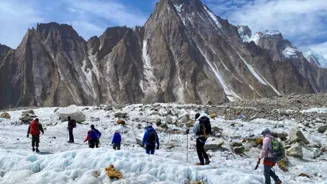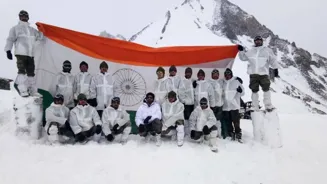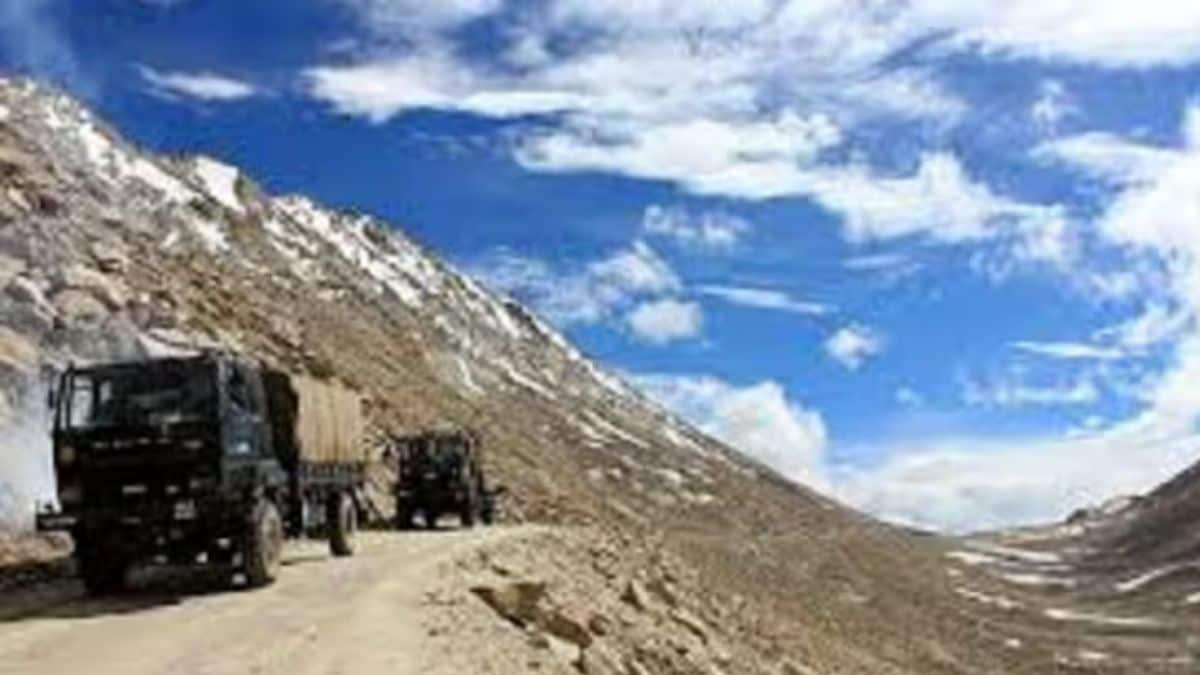In a landmark announcement, Ladakh’s Lieutenant Governor Kavinder Gupta has unveiled an ambitious plan to open some of the region’s most sensitive and historically significant zones, Siachen Glacier and Galwan
Valley, for tourism. The declaration, made on Sunday, signals a dramatic shift in how India intends to present Ladakh to the world, not just as a border outpost of strategic importance but as a global destination of natural beauty, heritage, and adventure.
Both Siachen and Galwan hold an unparalleled place in modern history. Siachen is known as the world’s highest battlefield, where Indian soldiers have braved extreme conditions to defend the nation, while Galwan Valley became a global flashpoint during the India-China clash of 2020. Opening such areas to civilian visitors is being seen as both a bold step and a symbolic gesture of confidence.
Gupta, while addressing the gathering, compared Ladakh’s scenic charm to some of the world’s top destinations. “Ladakh is no less than Switzerland in any way due to its natural beauty and exciting geography,” he said, adding that in the coming years the region would feature among the most sought-after travel hotspots internationally.
“Siachen and Galwan Valley will be developed for tourism. The tourists coming here will not only get to see the unique natural beauty, but they will also get a feel of the areas where Indian soldiers have sacrificed to protect the country’s borders,” he further remarked.
The Lieutenant Governor outlined a broad roadmap, describing Ladakh as a future hub where visitors could experience adventure, spirituality, and heritage simultaneously. He emphasised adventure sports, trekking, and high-altitude expeditions, alongside monasteries and religious circuits that highlight Ladakh’s deep cultural and spiritual traditions. According to him, the goal is to create a “package where tourists can experience adventure, peace and faith”.
Reflecting on Ladakh’s political journey, Gupta recalled how the region long felt neglected, with locals demanding greater recognition. That changed in 2019 when the Narendra Modi-led government granted Ladakh the status of Union Territory. Since then, Gupta said, both the central administration and local leadership have been focused on modernising infrastructure, boosting road and air connectivity, and promoting eco-friendly tourism models designed to preserve the fragile Himalayan environment.
Looking ahead, Gupta insisted that Ladakh’s image must evolve beyond narratives of conflict and difficult terrain. Instead, he envisioned it as a showcase of sustainable development, enriched services, cultural depth, and ecological preservation. “Our vision is to create a sustainable and strong Ladakh, which will attract both the country and the world with its natural beauty, tales of courage and culture,” he stated.
Observers note that the plan, while promising, will require delicate balancing between opening up sensitive military areas, protecting the environment, and respecting local communities. For now, however, the announcement has generated new hope in a region where aspirations for development have run high since UT status was granted.













